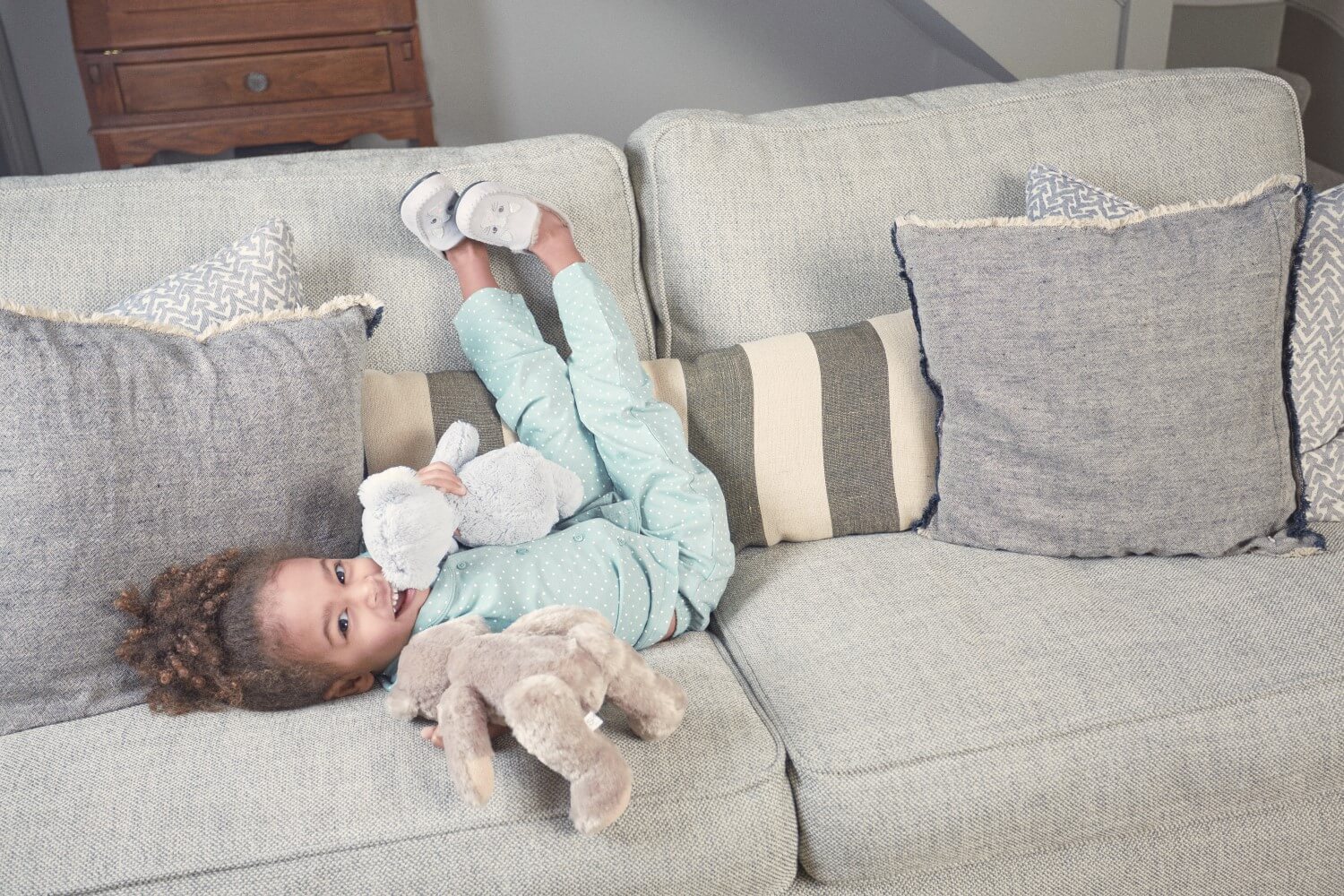
Slippers can be a comfortable, convenient and fun footwear option for both adults and children alike. They come in different designs, sizes, and materials, and are typically worn indoors. However, like any other footwear, slippers have a lifespan, and it's essential to know how long they should last and when to replace them. Additionally, it's important to consider if slippers stretch and whether they are recyclable.
The lifespan of slippers depends on several factors, including the quality of materials used, how often they’re used and how well they are maintained. Generally, slippers can last anywhere from a few months to a few years, but typically need to be replaced around once a year when worn frequently. For children, who tend to outgrow their shoes quickly, slippers may be outgrown long before this.
Slippers made from high-quality materials, such as suede, tend to last longer than those made from synthetic materials – resulting in you replacing them less frequently. Also, check out the soles. Slippers with sturdy ‘true’ soles will last a lot longer than those with flimsy integrated soles.
It's important to replace slippers when they start to show signs of wear and tear, regardless of how long you’ve had them. Worn-out slippers can affect the foot’s comfort and support, particularly in children, whose feet are forming and developing until their late teens.
It’s a good idea to think about replacing your child’s slippers when they begin to look or feel worn out. This could include holes forming, stitching becoming loose, and the soles of the slippers looking and feeling smooth rather than grippy. Your child might also notice that the slippers feel different to wear, resulting in back or leg aches caused by the shoe wearing out unevenly and becoming less comfortable and supportive.
Slippers are generally considered to be an indoor shoe, so they’re designed to be exactly what your child’s foot needs indoors. This means they don’t typically have the durability required to stand up to repeatedly being worn outside, and doing so can cause them to wear out more quickly.
It’s also important to remember that while the slippers may be physically sound, they could still be the wrong fit for your child. Children’s feet grow rapidly, and they can swiftly outgrow their slippers before they even need to be replaced. Continuing to wear shoes or slippers that are too small can lead to discomfort to your child and may even result in foot problems. To avoid this, remember to measure their feet and check the fit of their footwear regularly.
In part, the answer to this can depend on the materials used to make your child’s slippers. Natural materials, for example suede or leather, typically have a small amount of stretch in them, as the fibres contained within them gradually relax with use to accommodate the shape of your child’s feet. Synthetic materials, on the other hand, don’t usually stretch well. This includes materials such as nylon or polyester.
Even within these categories, it’s good to remember that not all slippers will stretch in the same way. Some kinds of slippers may stretch more than others, depending on a number of factors other than the material, such as how often they are worn and how the slipper itself was designed. While a little stretch can allow your child to be comfortable in their slippers for longer, too much could mean that the design of the slipper becomes compromised, meaning it no longer offers the support and protection your child’s feet need.
One common factor that can cause slippers to stretch is excessive exposure to moisture. This happens because material fibres naturally become more pliable when wet, so the fabric can be manipulated more easily if the slipper becomes damp. To avoid this, it’s advised that you ensure your child doesn’t wear their slippers in damp or wet conditions, such as outside in the rain. A pair of wellies would be much more suitable.
When browsing for a new pair of slippers for your little one, don’t rely on the stretch. Instead, choose a pair of slippers that is the right size at the time of purchase, and don’t forget to check a href="https://www.startriteshoes.com/blog/how-should-slippers-fit" target="_blank">how their slippers fit regularly so you know when it’s time to look for a new pair.
Not all slippers are suitable for recycling, so it’s important to check any information you have from the manufacturer to be certain whether or not you can easily recycle your child’s slippers. Your local authority can also advise on what can and can’t be recycled in your area. However, that’s not to say that slippers can’t be recycled at all. Some slippers which use natural materials like cotton or wool can be recycled - and some can even be composted for the benefit of the environment!
For children’s slippers, it’s a common occurrence for them to be outgrown before they’re worn out physically. When that happens, it can sometimes be difficult to know what to do with old shoes - after all, nobody wants to see them simply thrown in the bin or gone to landfill. Instead, if the slippers aren’t worn out and have some life left in them, consider donating them to friends, family or loved ones. If you don’t know anyone personally who could use them, community groups and charity shops can be a great way to get your pre-loved slippers to someone who needs them.
As for slippers that have seen better days and are no longer suitable to be worn, don’t assume that they’re completely useless. Often, your child’s old slippers can be taken apart to salvage materials for creative projects and DIY missions. If you’re struggling to think of ways to use up old slippers, why not ask your children and let their imaginations run wild?
Author: Amanda, published 14-06-2023.